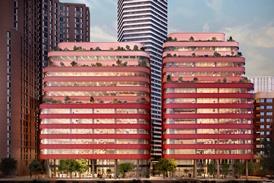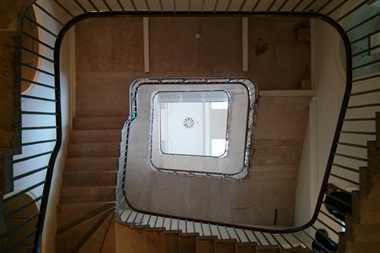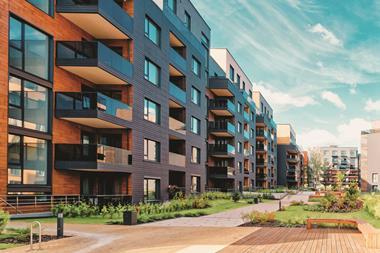A decent gauge of over-heating in the construction industry is the prospect of nabbing a seat on the 06:31 to London’s Cannon Street: it’s been getting harder.
The latest round of trading statements from housebuilders projected a near-uniform upbeat outlook for the housing market. But everyone was concerned about pressure on build costs and, in particular, labour availability. Not only could this put a dampener on housebuilders’ profitability, it can have a major impact on land valuations and site feasibility.
The availability of bricks and brickies is normally the starting point in any scrutiny of the supply chain. In May, stocks in Britain fell to 9.4 weeks, based on the previous 12 months of deliveries, the lowest point since October 1994, and down from 39 weeks in mid-2009. Brick manufacturers have been forced to import (invariably a warning sign for impending turnarounds) and at least two mothballed kilns are said to be on the point of being re-fired.
Getting bricklayers is the real problem, however. The grand-a-week brickie is back with a vengeance, at least in London. I was hemmed in between two particularly stout practitioners on a Southeastern train carriage recently, and it was clear from their banter they were not short of work. The tenor of the conversation suggested one was poised to tell his employer where he would like to place his hod.
Pinch points are also starting to develop regarding specific white-collar skills. One such is stretching waiting times for surveyors and valuers, made worse, say some agents, by the greater rigours required under the Mortgage Market Review. In high-rise London developments, where there is more crossover between housebuilding and commercial construction, specialist subcontractors appear to be adopting a more selective approach to which clients they will work for.
Land values should, in theory, reflect this. The convention when calculating the price to pay for land is to subtract from the selling price all costs and the target gross margin, typically 20%. Housebuilders insist they do not factor in selling price or build cost inflation into their calculations.
But when jitters do develop, either around the direction of prices or costs, the norm is to raise their “hurdle rates” - or margin requirements - and, thus, cut the amount they would have previously paid for the site.
This all sounds sensible, except most of the big players repeatedly told analysts they had been raising their hurdle rates in the final couple of years of the last boom - and still they spent on land. If anything, the mention of the term “hurdle rates” reappearing in a housebuilder’s lexicon should be enough to get investors to reach for their worry beads.
Raising the hurdle rate by three, four, five percentage points - as seems the norm - sounds impressive, but look at the maths: these are modest swings on low numbers, while swings in costs or, especially, house prices are large numbers. Say the assumed selling price of a house is £100,000, the target gross margin is 20% of this and all other costs, including site overheads, are an industry-typical 55%, then the price paid for the plot should be £25,000.
But you have to wrench the dial upwards from the 20% hurdle rate to prevent a hit to profits from, say, a relatively modest 5% fall in sales price or the same percentage increase in costs. Were the developer to assume a 25% gross margin (rather than 20%) when buying the land, that would push the acceptable price of the plot down to £20,000, all other things being equal.
But if, by the time it was developed, the house sold for 5% less than assumed and costs rose by 5% over the £55,000, the gross profit would be the £95,000 sales price less £57,750 build costs, less the £20,000 that had eventually been paid for the land - in other words £17,250. This is a significant reduction on the originally intended £20,000, despite ratcheting up the hurdle rate from 20% to 25%. The correct hurdle rate to get to desired £20k profit would have been 27.8%.
Were this higher hurdle rate to be applied to the original price and cost assumptions, the only thing that could give would be the land price, which would then be not the original £25,000, or the £20,000 on the 25% hurdle rate, but £17,250 on the even theoretical higher hurdle.
That would theoretically protect the housebuilder’s profit-and-loss account. But most investors value what they pay for housebuilders’ shares not in terms of multiples of its income but on assumptions on what its land bank is worth.
It also explains why, despite all the claimed hurdle-rate increases in the last boom, when prices fell faster than build costs so much of their land ended up, metaphorically, under water. And, at least in the north, many sites have yet to re-surface.
Alastair Stewart is building and property analyst at Progressive Equity Research






























No comments yet